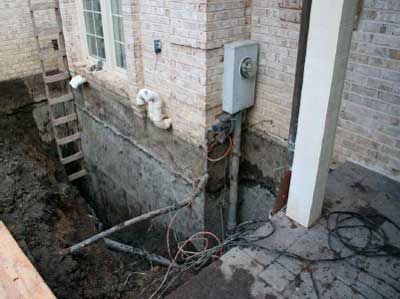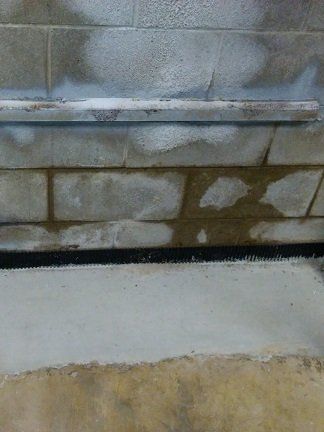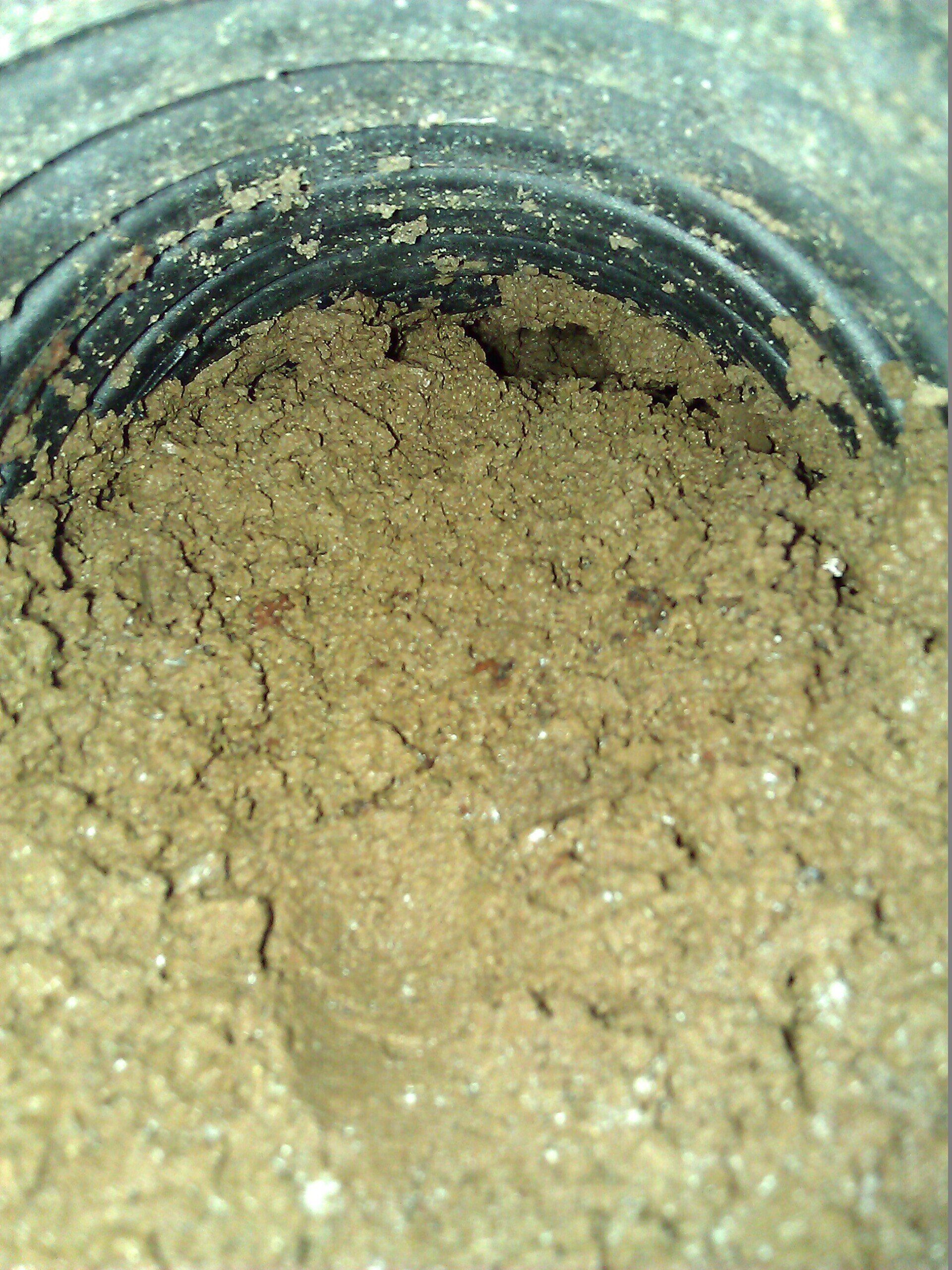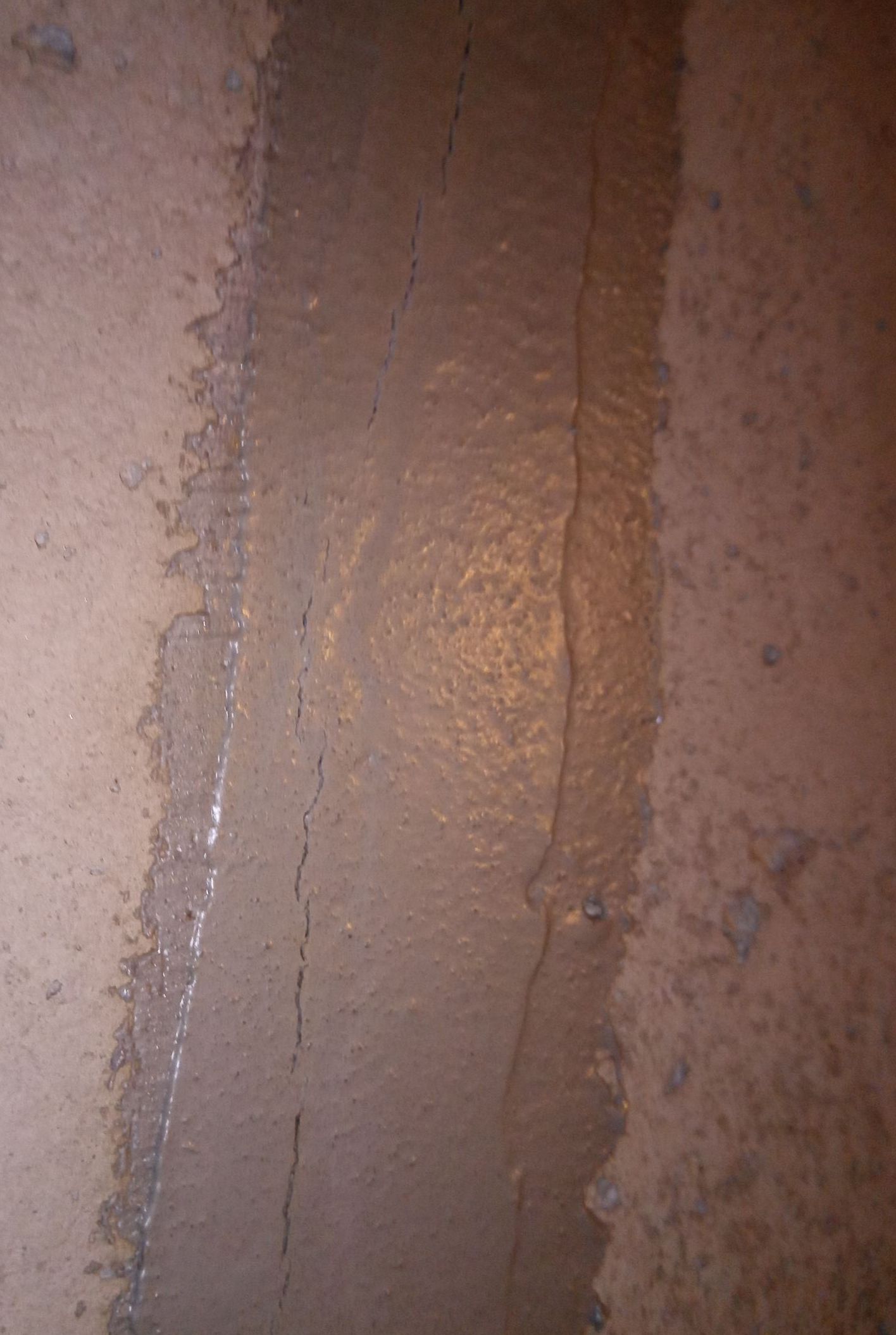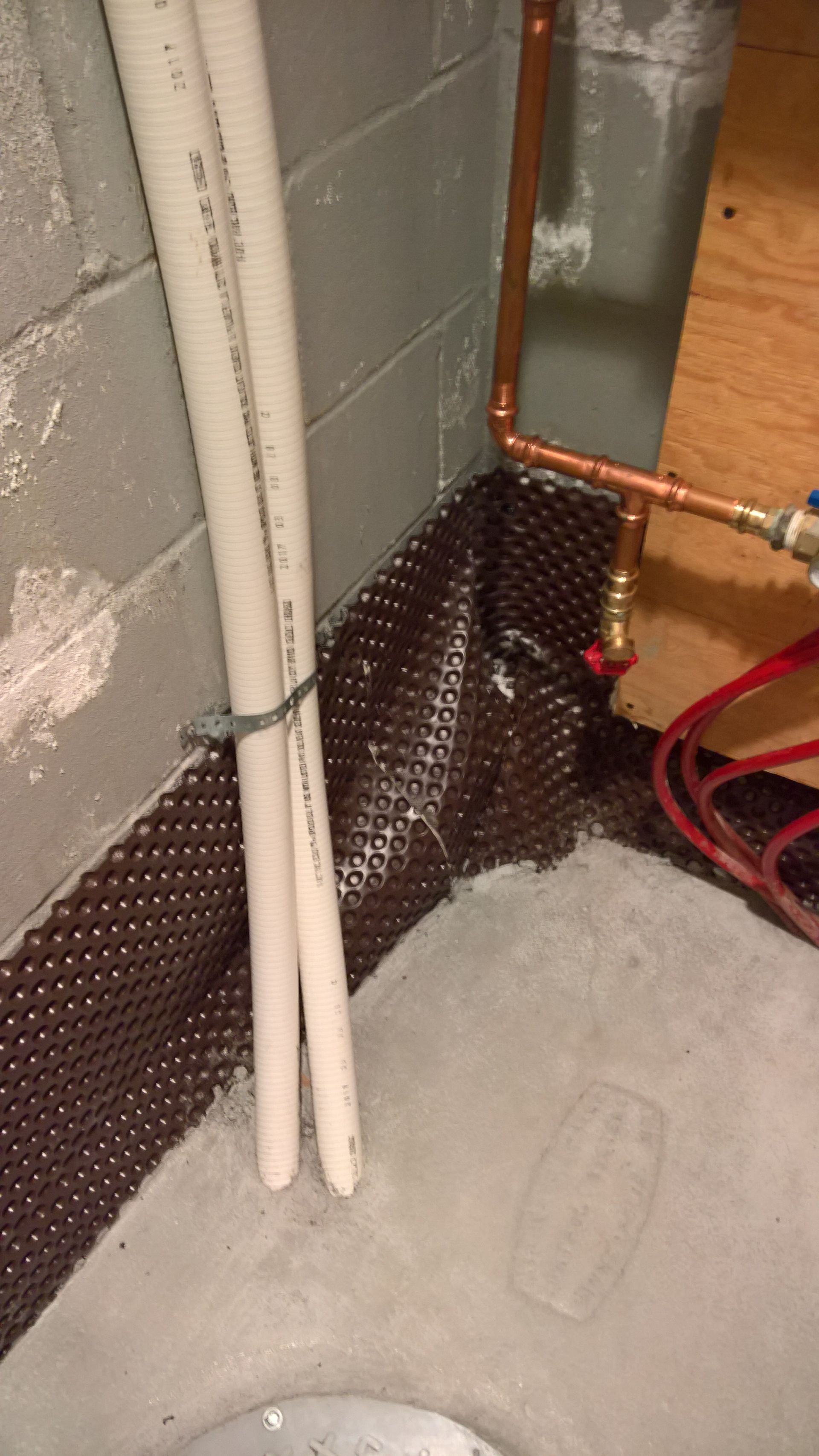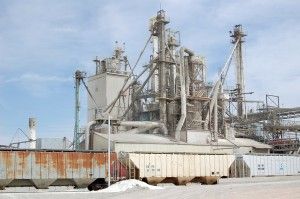Great Lakes Waterproofing has seen hundreds of different foundation water issues, hopefully we can help you make an educated decision when looking for answers on your wet basement and foundation.
Minneapolis, Saint Paul and the Midwest have just about every foundation construction type and we have extreme weather conditions, from -15 F in the winter to 90 F in the summer, our foundations take a beating. Add in the amount of water and snow fall and it's amazing how strong our foundations really are.
We are adding questions and answers all the time, if you don't see your question feel free to fill out the form below and email us directly!

